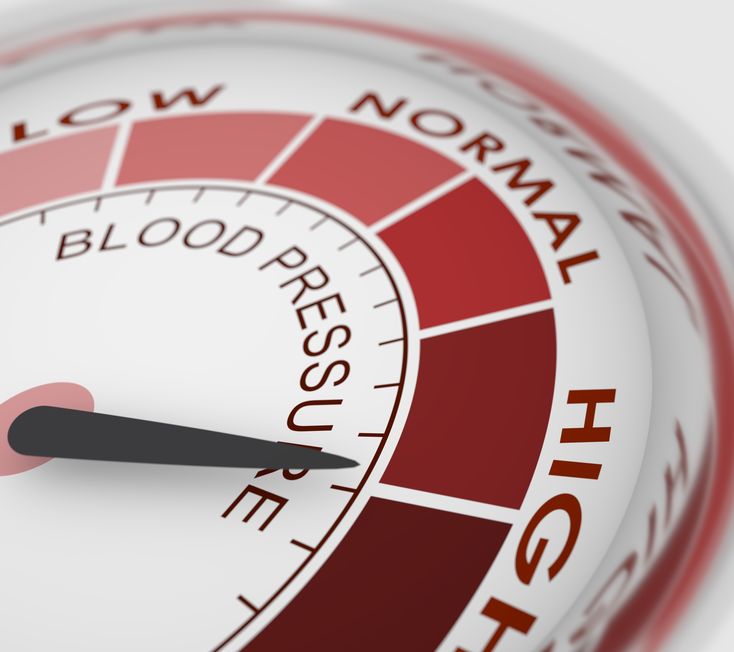What’s the best diet for high blood pressure? It’s the heart-healthy DASH diet. Some people find it hard to follow. Here are some tips to make it easier.
The DASH diet emphasizes plenty of vegetables, fruits, whole grains, beans, legumes, nuts, low-fat dairy and protein sources such as poultry and fish.
The DASH diet (aka Dietary Approaches to Stop Hypertension) has consistently ranked among the top heart-healthy diets for years. But a 2024 survey by the International Food Information Council found that of the more than half of Americans who followed a specific eating plan in the past year, only 2% said they were on the DASH diet. It’s something that Dr. Stephen Juraschek, an internal medicine physician and associate professor of medicine at Harvard Medical School, called “kind of stunning.”
Why DASH is the Best Diet for High Blood Pressure
Nearly half of U.S. adults have high blood pressure, and yet less than 25% of them have it under control. If left unmanaged, elevated blood pressure can lead to serious health risks, including heart disease and stroke, which are two of the leading causes of death in the U.S. The DASH diet offers an effective way to help lower blood pressure and improve overall heart health.
With all of the research backing its benefits, including better heart health, improved glycemic control, lower cholesterol and even weight loss, why isn’t the DASH, the best diet for high blood pressure, more widely adopted?
Experts say there are several reasons at play. Here’s what to know, along with tips on how to make following the diet less daunting.
Why it can be hard to follow the DASH diet
Along with limiting sodium, the DASH diet emphasizes plenty of vegetables, fruits, whole grains, beans, legumes, nuts, low-fat dairy and protein sources such as poultry and fish. These foods are all rich in potassium, calcium, magnesium and fiber — nutrients that support a healthy heart. The DASH diet also advises limiting saturated fat and added sugars, particularly those found in sweets and sweetened beverages.
“Many patients with cardiac disease underestimate the diet role in managing their disease for many reasons, including lack of education, availability of the diet resources and difficulty changing habits as humans,” Dr. Mayar Jundi, physician and medical director at Covenant Cardiology, tells Yahoo Life. Given the average American consumes about 3,400 milligrams of sodium daily — almost 1.5 times the recommended daily limit — it can feel daunting to cut back to the ideal target of 1,500 milligrams (about two-thirds of a teaspoon).
Michelle Routhenstein, a preventive cardiology dietitian and heart health expert at Entirely Nourished, tells Yahoo Life that while the DASH diet provides useful guidelines, it often lacks a personalized approach that makes it easy to follow. Finding tasty, healthier alternatives can be challenging for people used to a diet high in fat and sodium.
Dietitian Kiran Campbell highlights another major hurdle: Many people lack education on effectively implementing the DASH diet. They often struggle with selecting, preparing and cooking these new recommended foods, and there’s not enough support to help them stay on track. “Patients don’t always understand proper cooking methods they can use or how to flavor foods to make them more enjoyable and habitual,” Campbell tells Yahoo Life.
4 tips to make following the DASH diet easier
1. Add a serving of fruit or vegetable to each meal
Routhenstein encourages adopting an “add in” mindset by focusing on what might be missing from your diet — often fiber-rich foods like fruits and vegetables — and gradually including them. Instead of overhauling your entire meal plan, start by adding a serving of fruits or vegetables to each meal, or at least to the meal that typically lacks produce. For example, if sandwiches are your go-to lunch, try adding a handful of spinach or enjoying some baby carrots on the side. Toss sliced mushrooms, bell peppers or frozen peas into your pasta dishes. Or for a balanced snack, pair an apple with a low-fat cheese stick.
2. Use herbs and spices instead of salt
The American Heart Association notes that cutting your sodium intake by even 1,000 milligrams a day can significantly improve heart health. To keep your food flavorful and delicious without heaps of salt, get creative with non-salt-based seasonings, like herbs and spices. Basil, rosemary and mint have distinct, bold flavors that pair well with fruit, vegetables and meats. Use garlic and onion powder (not garlic or onion salt!) to mimic a salty taste without the actual salt. For a kick of spice, lemongrass, ginger and pepper are great options to liven up your dish. Adding a splash of lemon juice or vinegar brings out the natural flavors in the foods too. You can also explore salt-free seasonings, like those from Mrs. Dash.
3. Choose snacks and foods with less than 140 milligrams of sodium per serving
You might not be heavy-handed with the salt shaker, but what some people don’t realize is that most of the sodium in our diets comes from packaged and prepared foods. The American Heart Association reports that over 70% of sodium Americans consume comes from these sources, including restaurant meals. Reading nutrition labels can help you keep track of how much sodium is in your food and your overall intake. A product is considered low sodium if it has 140 milligrams or less per serving, and very low sodium if it has 35 milligrams or less. Opting for these low-sodium options can help you avoid going overboard on your daily sodium intake.
4. Designate 1 a day a week without meat
Since all meats contain saturated fat, reducing your meat intake naturally lowers your saturated fat consumption. Choose one day a week to swap out animal-based proteins for plant-based options. But if going meat-free for a whole day feels too daunting, start by reducing it for just one meal, like lunch on Tuesdays, and explore some plant-based proteins, such as beans, lentils, tofu, nuts and seeds. Not only will you cut back on saturated fat, but you’ll also boost your fiber intake. Try a vegetarian chili instead of a meat-based one, substitute tofu for chicken in a stir fry or enjoy lentil bolognese with your pasta.
Click here to read more about the best diet for high blood pressure.






